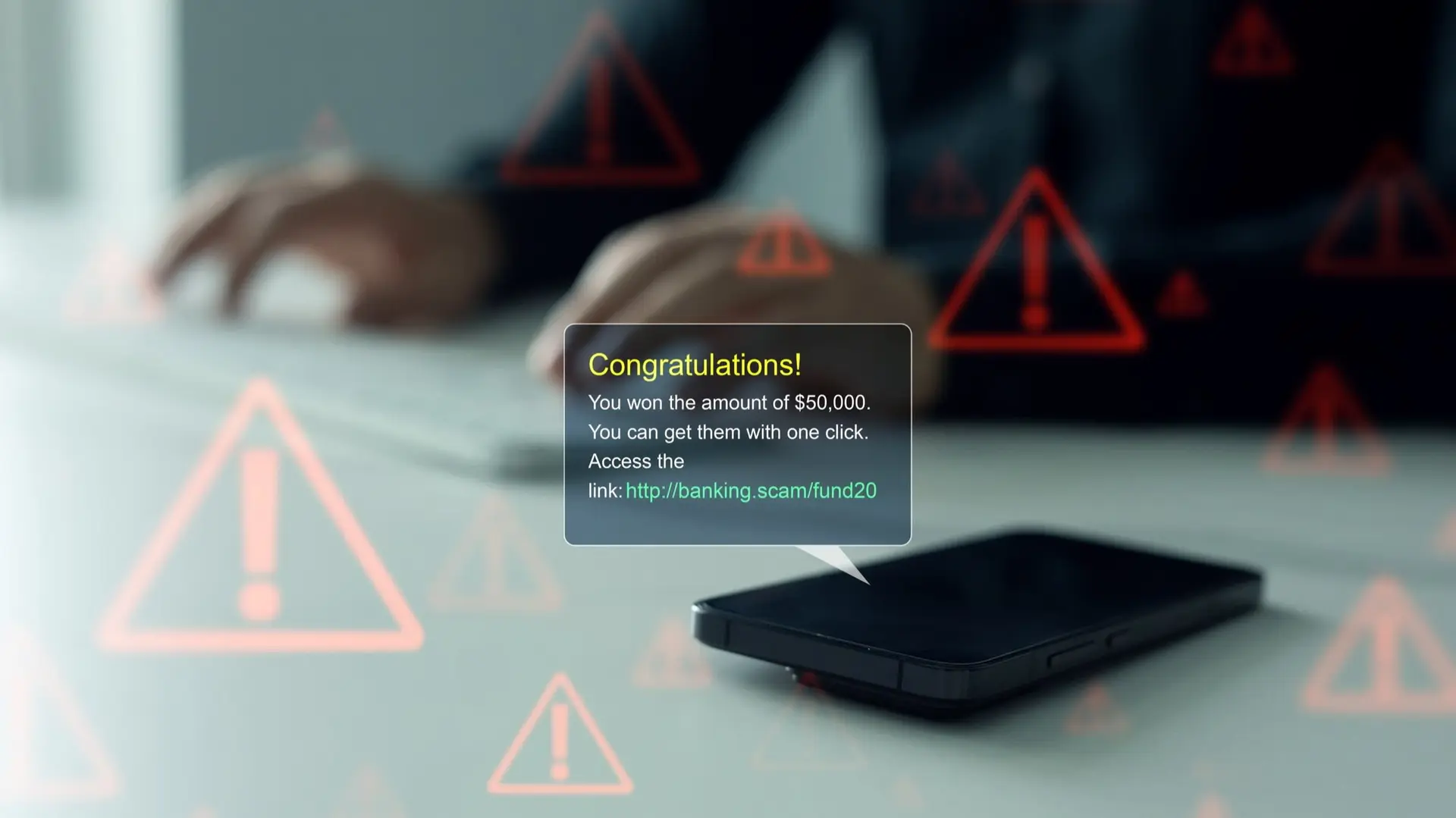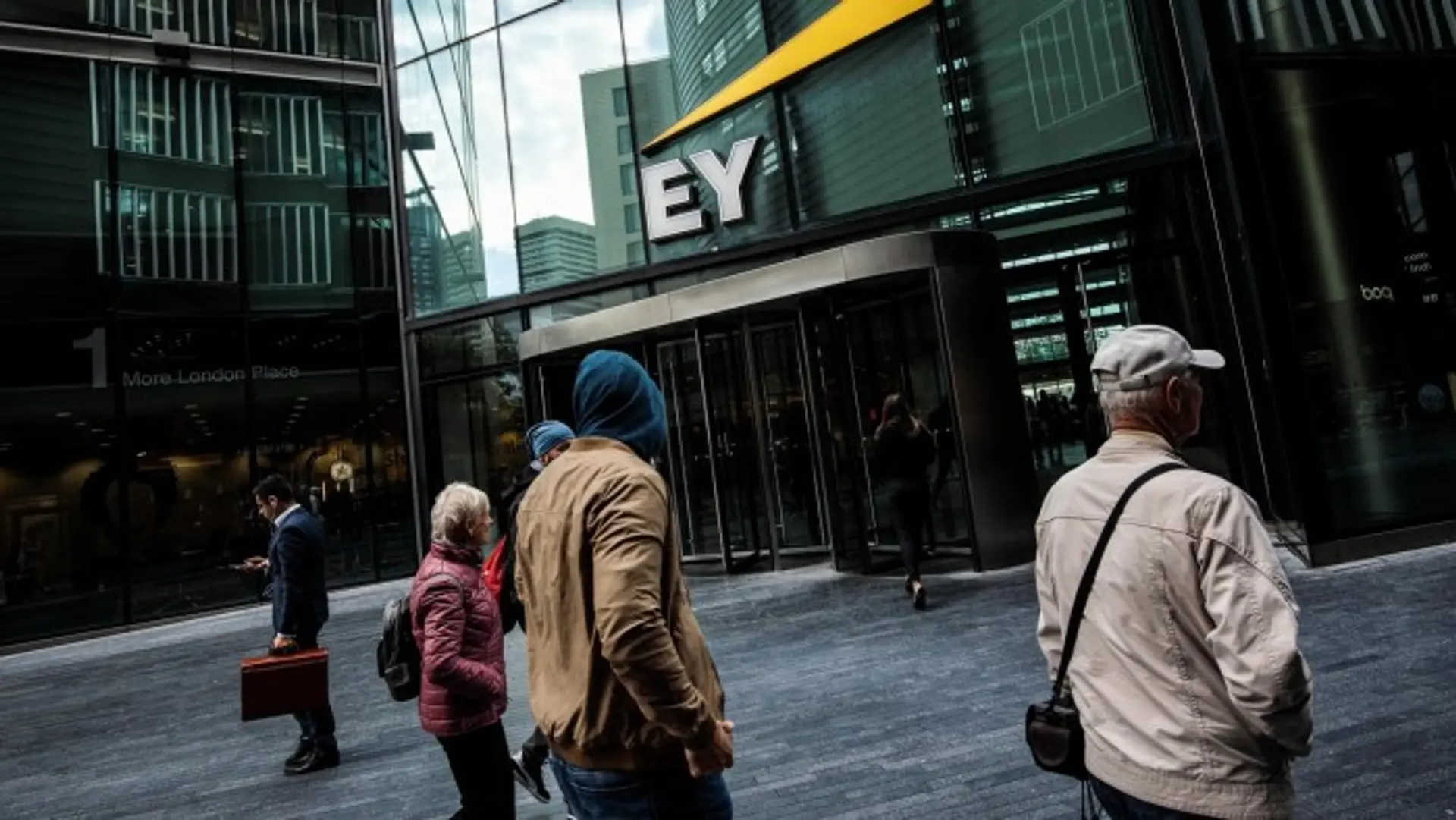Business software companies are raising concerns about the increasing use of sophisticated AI models to generate highly realistic fake receipts. These AI-created receipts can easily bypass traditional detection methods, making it difficult for businesses to identify fraudulent expense claims. The rise of AI-generated receipts poses a significant challenge to internal controls, as companies have long relied on receipt images to validate purchases.
AI tools can now produce receipts with accurate logos, barcodes, and subtotals, making them virtually indistinguishable from authentic ones. This technology is easily accessible, allowing individuals to create convincing fake receipts in minutes. The development has led to a cat-and-mouse game, with companies now needing to develop AI-powered systems to detect these sophisticated forgeries.
To combat this, businesses are advised to upgrade their expense systems with AI-powered fraud detection, conduct regular audits, and train managers to identify suspicious claims. Limiting dependence on receipts altogether by using company-paid cards and allowing out-of-pocket reimbursements only for small purchases can also reduce the risk.
Related Articles

AI: Lifespan Extender or Divider?
Read more about AI: Lifespan Extender or Divider? →
AI fuels UK fraud surge
Read more about AI fuels UK fraud surge →
AI Training Requires Flexibility
Read more about AI Training Requires Flexibility →
OpenAI Launches Atlas Browser
Read more about OpenAI Launches Atlas Browser →
